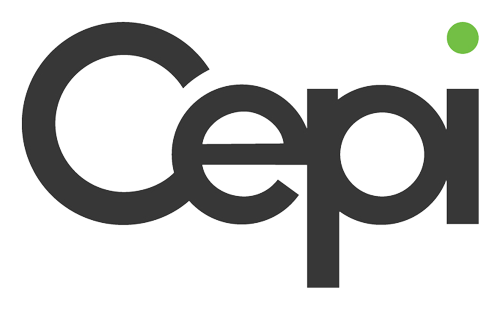

The life cycle of a paper product is composed of a series of value adding steps, from its extraction from natural, renewable resources until the end of its life.
In the Circular Economy, the end of the paper product’s life is reconnected with its production by reusing the already extracted resources which are contained in used products through recycling
Moreover, promoting the use of the cascading principle where wood is first used as a raw material to make products, and where recycling is encouraged before the raw material is used for energy (and only when recycling is no longer feasible), is far more economical than burning it immediately for renewable energy.

European Paper Recycling Value Chain Reaches 75.1% Paper Recycling Rate in 2024. The paper recycling rate has decreased compared to 2023. However it should be noted that the paper recycling rate was exceptionally high in 2023, due to the relatively low level of the apparent consumption. Looking at a three year rolling average and the long term trend, the 2024 rate confirms the paper recycling value chain is on track to reach its target of 76% paper recycling rate by 2030.
When it comes to paper packaging alone, 86.6% is recycled in 2023 , making paper the most recycled packaging material in Europe (Source: Eurostat).
In some regions, recycling rates can reach up to 80%, which is probably the maximum rate from a practical perspective.
In Europe, during 2024, every fibre completed on average 4 cycles of recycling and use, and almost 50% of the raw material we use consists of paper for recycling.
Some paper products cannot be recovered for recycling because they are kept for long periods of time (books) or archived (records); others are destroyed or contaminated when used (e.g. tissue and hygiene paper).
Paper cannot be recycled indefinitely as fibres get too short and worn out and therefore can no longer be used in creating new paper. Hence, virgin fibres from trees are needed to continue the cycle. These new fibres come from renewable, sustainably-managed forests and continue the loop.
Click here to see to see our All Latest Data / Want more detailed data? Become a subscriber here
Cepi leads the secretariat of the European Paper Recycling Council (EPRC), set up as an industry self-initiative in November 2000 to monitor progress towards meeting the paper recycling targets set out in the 2000 European Declaration on Paper Recycling. Since then the commitments in the Declaration have been renewed every five years.
The EPRC committed itself to meeting both a voluntary recycling rate target of 76% in the EU-27, Switzerland, Norway and the United Kingdom by 2030 as well as qualitative targets in areas such as waste prevention, ecodesign, and research and development.
The 2024 Monitoring Report highlights a strong internal market for paper for recycling, despite a slight decrease from recycling rate recorded in 2023.
Find out more about the EPRC here.
4evergreen is a cross-industry alliance perfecting the circularity of fibre-based packaging to contribute to a climate-neutral and sustainable society. The goal is to raise the overall recycling rate of fibre-based packaging to 90% by 2030.
When different organisations get together in a network to foster eco-innovation and long-term culture change, it is called industrial symbiosis.
Creating and sharing knowledge through these networks means that different parts of the supply chain can share their expertise and create new solutions for the future if they are acting on their own accord.
What all synergies have in common is that they reduce costs and generate new value for the companies involved, as well as creating significant environmental benefits such as reduced landfill and greenhouse gases. In addition, the synergies generated through economic activity have further social benefits with the creation of new businesses and jobs.
What a Tree can do
Europe is one of the most forest-rich regions in the world – we are surrounded by 190 million hectares of forests, which makes it 40 % of Europe’s territory. European forest cover increases regularly, contributing to growth and jobs in rural area, ensuring wood and ecological services provision.
New poster explains the bioeconomy potential of a tree.
The Reffibre Project: Novel bio-based products from side streams of paper and board production
The paper and board production process, especially in the case where paper for recycling is used as the raw material, leads to the generation of large amounts of side streams mainly sludge, other rejects and process water.
The Reffibre Project project identified a number of opportunities to valourise these side streams, either those already on the market or in various stages of development. An interactive visualisation tool was also developed which demonstrates the valuable components recycling sidestreams can produce.
IMPACTPapeRec : Separate collection and quality
A pre-requisite for a high recycling rate is separate collection at source and high quality. Cepi was involved in the Horizon 2020 programme IMPACTPapeRec, with the aim to of helping municipalities improve separate collection of paper and board for recycling.
European paper industry position on separate collection
Clarifications on Cepi’s position on the separate collection of paper and board from residual waste and other recyclables, as well as the collection and recyclability of paper products that are multi-layered or have been in contact with wood.
This paper targets decision makers in countries, where separate collection systems are not yet well established and guidance is needed.
view graph in landscape orientation